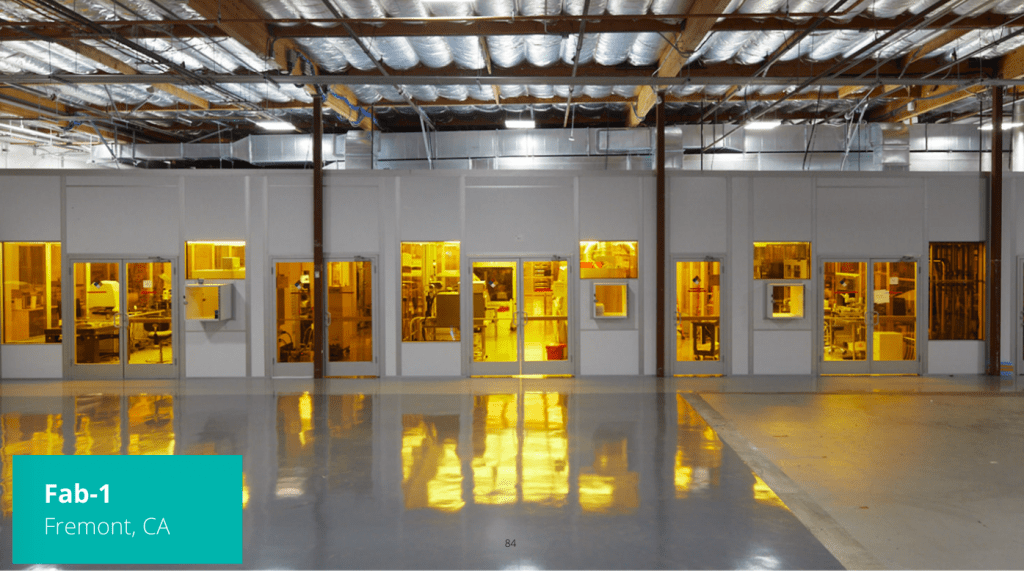The CTO of Rigetti Computing said that the company’s decision to build its own chip fabrication facility, which opened in 2017 and is now in the process of being expanded, has protected the start-up from the semiconductor industry’s ongoing supply chain problems while helping Rigetti maintain control of its technology roadmap.
“The Fab 1 facility that the company has invested in over a course of years is now proving to be what I would say was a good investment decision back [in the years before 2017],” said Rigetti CTO Mike Harburn during the company’s investor day event late last week.
He did not provide details about the original amount spent on the Fremont, California, facility or what is being spent now to add 5,000 square feet to almost double its size, but added, “I would say it’s been… a fantastic investment when you take into effect that not only has gotten us to where we’re at now, it’s really shielded us from the last two and a half years of global supply chain issues that have hit so many industries and companies.”
He said that having a strategy for developing and improving on multiple generations of quantum processing units, as well as the means for manufacturing and testing those QPUs in one facility has helped Rigetti “continue hitting on all cylinders because we control our own destiny. We have our own quantum roadmap, and we’re not relying on outsiders… We can take a design, fabricate it, test it, put it into a dilution fridge, and the quicker we can turn our flywheel, the quicker we can innovate.”
Harburn and other Rigetti officials talked at length about Feb-1 during the investors event, making it clear how it gives the company an edge as it executes on its roadmap, but also perhaps looking to justify the investment at a time when the firm’s expenses continue to rise while revenue remains low.
Rigetti’s willingness to build its own fab is a big part of why Harburn joined Rigetti in 2018, he said. It was only two years later that pandemic-related shutdowns and work restrictions highlighted the weakness of globally-dispersed supply chains. In the last two years, chip companies like Intel have increased their efforts to bring more of their chip manufacturing back to the U.S., efforts that have gained support from the U.S. government in the form of the recently passed CHIPS Act and other funding. Rigetti now appears to have been ahead of the trend.
Harburn has worked in the technology sector for more than 25 years, and said, “What I’ve seen in those two and a half decades is so much of the nation’s technology has been sent offshore to to foreign countries, so I found it refreshing when I was being interviewed for a company that was planning a facility like this on US soil.. And where better to have the world’s first dedicated quantum manufacturing facility than in Silicon Valley. This is the heart of the semiconductor revolution that took place in early ‘60s with the Fairchilds, with the Hewlett Packards and I would make an analogy that now we’re at the forefront of the quantum revolution.”
Dan O’Shea has covered telecommunications and related topics including semiconductors, sensors, retail systems, digital payments and quantum computing/technology for over 25 years.
